In the ever-evolving landscape of digital media, the way we approach web design has undergone a significant transformation. What was once a simple means of sharing information has blossomed into a dynamic, interactive medium that demands a fresh perspective. At the heart of this revolution lies the concept of clean and modern web design, a philosophy that prioritizes simplicity, functionality, and user-centric experiences. This approach not only enhances the visual appeal of a website but also ensures that it is both accessible and engaging.
This article delves into the essence of modern web design, exploring its evolution, key characteristics, and the principles that define it. We will examine how clean website design examples set the standard for simplicity and efficiency, while also diving into the golden rules of web design that guide creators toward creating effective and memorable online platforms. From discussing web design trends to predicting the future of modern design, this comprehensive guide aims to provide insights that will help you navigate the ever-changing world of web creation. Whether you’re a seasoned designer or just beginning, understanding the nuances of clean and modern web design is crucial for staying ahead in the digital realm.
Key Takeaways
- **Clean, minimalist design** reduces cognitive load and enhances usability.
- **Responsive design** ensures optimal performance across all devices.
- **Fast loading times** improve user satisfaction and SEO performance.
- **Smooth navigation** enhances user experience with intuitive menus.
- **Integration of the latest technologies**, including AI, machine learning, and PWAs, delivers personalized content and faster interactions.
- **Modern websites prioritize security** with HTTPS encryption and secure payment gateways.
- **Voice search integration** enhances accessibility and convenience for users.
- **Inclusive design with accessibility features** ensures websites are usable by everyone, including those with disabilities.
- **Use of CMS platforms** like WordPress or Squarespace simplifies content creation and management.
- **Server-side rendering and static site generation** deliver fast, performant content with tools like Next.js and Gatsby.
- **Adherence to SEO best practices** enhances search engine rankings with meta tags and structured data.
- **Conversion to PWAs** provides app-like experiences with offline support and enhanced performance.
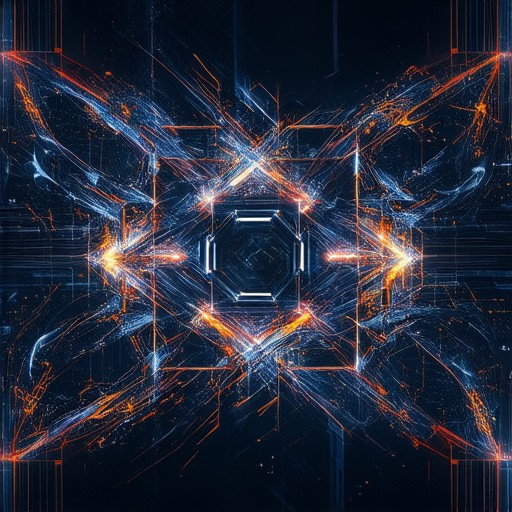
Modern Web Design Trends 2025
The modern web design landscape in 2025 is characterized by a blend of innovation, functionality, and user-centricity. Designers are increasingly embracing bold, experimental styles while maintaining usability and performance.
1. Brutalist Design
Brutalist design continues to gain momentum, offering a raw, unrefined aesthetic that contrasts sharply with polished designs. This trend emphasizes strong typography, asymmetrical layouts, and industrial-inspired elements, creating a sense of ruggedness and authenticity.
2. Minimalist Design
While Brutalist grabs attention, minimalist design remains a cornerstone of modern web design. Clean lines, ample white space, and subtle animations focus on user experience, ensuring content is easily digestible and visually appealing.
3. Interactive Experiences
Animations and micro-interactions are no longer niceties—they’re expected. Designers are leveraging CSS transitions, JavaScript libraries, and AI-driven tools to create seamless, engaging experiences that react to user behavior.
4. AI-Powered Design Tools
AI is revolutionizing web design, enabling tools that predict user preferences and optimize layouts automatically. Platforms like TheeDigital’s AI-powered design suite are redefining efficiency, allowing designers to focus on creativity rather than manual tasks.
5. Sustainability in Design
Eco-conscious design is becoming a priority. Designers are adopting practices that reduce environmental impact, from optimizing asset loading to using recycled materials in digital products.
6. 3D Elements
Three-dimensional graphics are making waves in web design, adding depth and dimension to interfaces. Techniques like CSS transforms and WebGL are bringing 3D elements to life, enhancing visual appeal and user engagement.
7. Responsive Design Evolution
Responsive design has evolved beyond mere adaptability. Modern approaches integrate dynamic content delivery, variable fonts, and progressive enhancement to deliver tailored experiences across devices and browsers.
These trends reflect the ongoing evolution of web design, driven by technological advancements and shifting user expectations. As we move forward, staying attuned to these shifts will be essential for creating impactful, user-friendly digital experiences.
Explore more web design trends and tools at 119WebDesign.com
The 5 Golden Rules of Web Design
The foundation of effective web design revolves around five core principles that ensure usability, aesthetics, and SEO-friendliness. Adhering to these guidelines helps create a website that is both user-centric and search-engine optimized.
- Usability First
- Ensure intuitive navigation with clear labels and logical organization.
- Make your content easily accessible via semantic HTML tags like
<header>,<footer>, and<section>. - Implement accessibility features such as alt texts for images and keyboard navigation support.
- Content Strategy Matters
- Focus on delivering valuable, original content tailored to your audience’s needs.
- Use keywords strategically to enhance SEO without stuffing.
- Create a clear content hierarchy with headings, subheadings, and bullet points for better readability.
- Consistent Layout and Branding
- Maintain a uniform look and feel across all pages to reinforce brand identity.
- Use consistent fonts, colors, and spacing to create visual harmony.
- Ensure your logo and key elements are always visible and properly aligned.
- Responsive Design is Non-Negotiable
- Your website must be fully responsive, accommodating all screen sizes and devices.
- Use flexible layouts and media queries to adapt content dynamically.
- Optimize images and videos for different resolutions to preserve quality and loading speed.
- Build Memorable URLs
- Use clean, descriptive URLs with keywords to improve SEO performance.
- Avoid unnecessary parameters or session IDs in URLs.
- Utilize URL shorteners or redirects cautiously to maintain user experience.
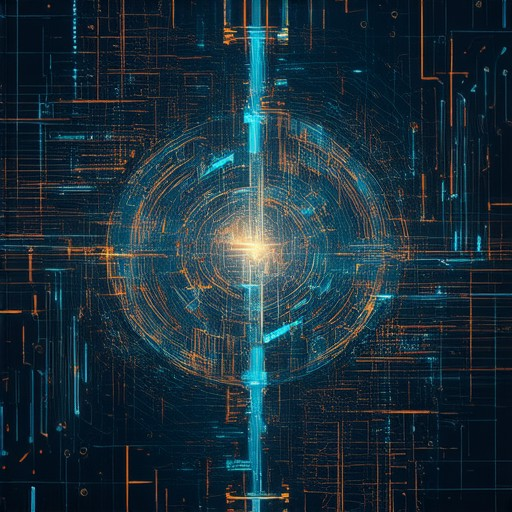
What Are the Three Types of Web Design?
There are three primary types of web design, each catering to different needs and functionalities. Understanding these types can help you choose the most suitable approach for your project.
- Static Web Design
In a static website, the content remains unchanged unless manually updated. This simplicity makes it ideal for basic informational sites, such as those showcasing products, services, or company information. Static sites are often used for blogs, landing pages, and small businesses due to their low maintenance requirements and faster loading speeds. - Dynamic Web Design
Dynamic websites allow for interactive experiences, such as forms, user logins, and real-time updates. These sites typically use server-side processing and databases to deliver personalized content based on user actions. E-commerce platforms, social media sites, and news portals are common examples of dynamic web designs. - Responsive Web Design
Responsive web design ensures that the site adapts to different screen sizes and devices, providing a seamless user experience across desktops, tablets, and mobile phones. This approach uses flexible layouts and media queries to adjust content dynamically, making it a cornerstone of modern web development.
By leveraging these types of web design, you can create websites that are not only visually appealing but also highly functional and user-friendly. Whether you prefer the simplicity of static sites, the interactivity of dynamic designs, or the adaptability of responsive layouts, there’s a web design approach to suit your needs.
For more information on web design trends and best practices, visit 119 Web Design .
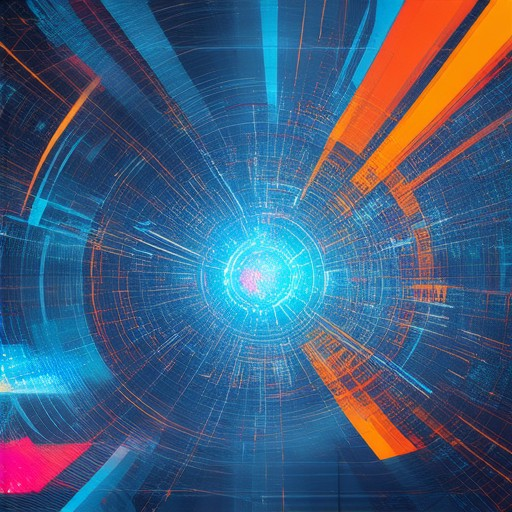
What is a Modern Website?
A modern website is a digital platform designed to meet the highest standards of user experience, functionality, and performance. It combines cutting-edge technology, sleek design, and seamless navigation to deliver an exceptional online experience. Here are the key characteristics of a modern website:
- Clean and Minimalist Design : Modern websites often feature simple, uncluttered layouts that prioritize usability. Clean designs reduce cognitive load and make it easier for users to find information quickly.
- Responsive Design : Modern websites are optimized for all devices, including desktops, tablets, and mobile phones. This ensures that the site looks great and functions properly regardless of the device used.
- Fast Loading Times : Modern websites are built with speed in mind. Features like image optimization, code minification, and caching strategies help ensure quick load times, which improves user satisfaction and SEO performance.
- Smooth Navigation : Modern websites typically have intuitive navigation menus that allow users to easily browse through content. Features like smooth scrolling and collapsible menus enhance the user experience.
- Latest Technologies Integration : Modern websites leverage advanced technologies such as artificial intelligence, machine learning, and progressive web apps (PWAs) to deliver personalized content, faster interactions, and improved functionality.
- Focus on Security : Modern websites prioritize security by implementing measures like HTTPS encryption, secure payment gateways, and regular software updates to protect user data.
- Voice Search Integration : Many modern websites are optimized for voice search, allowing users to interact with the site using voice commands. This enhances accessibility and convenience.
- Accessibility Features : Modern websites are designed to be accessible to users with disabilities. Features like screen reader compatibility, alt text for images, and keyboard navigation are standard.
- Content Management Systems (CMS) : Modern websites often utilize powerful CMS platforms like WordPress or Squarespace, offering easy content creation, editing, and management tools for users.
- Dynamic Content Delivery : Modern websites use server-side rendering and static site generation to deliver fast, performant content. Tools like Next.js and Gatsby are widely used for building modern web experiences.
- SEO Best Practices : Modern websites are built with SEO in mind, incorporating meta tags, alt text, structured data, and proper URL structures to improve search engine rankings.
- Progressive Web Apps (PWAs) : Modern websites can be converted into PWAs, offering app-like experiences with offline support, push notifications, and enhanced performance.
By adopting these features, modern websites not only stand out in the digital landscape but also provide a better experience for their users. To learn more about creating a modern website, visit 119WebDesign and explore our comprehensive guide on web design trends and best practices.
What Does a Modern Website Look Like?
A modern website is characterized by its clean, intuitive design, cutting-edge visuals, and seamless user experience. Here are the key elements defining contemporary web design:
Visual Elements
- High-Quality Images: Full-page hero images with professional-grade photography or artistic designs dominate the visual landscape.
- Micro Animations: Subtle animations, such as floating icons or rotating cards, enhance user interaction without overwhelming the visitor.
- Typography: Clean, modern fonts with careful spacing and hierarchy ensure readability and visual appeal.
- Color Scheme: Minimalist color palettes with occasional pops of vibrant colors highlight important elements like buttons or feature sections.
Layout and Structure
- Responsive Design: Modern websites adapt fluidly to various screen sizes, ensuring optimal viewing experiences across devices.
- Sticky Navigation: Navigation bars often remain fixed at the top, facilitating easy access to key sections as users scroll.
- Simplified Menus: Dropdown menus are minimized in favor of clean, icon-driven navigation.
Content Delivery
- Video Backgrounds: Background videos or animated patterns add depth and engagement to static layouts.
- Interactive Elements: Features like hover effects, parallax scrolling, and infinite scrolling enhance user engagement.
- Flat Design: A minimalist aesthetic reduces visual clutter, emphasizing functionality and ease of use.
User Experience Enhancements
- Micro-Interactions: Buttons and forms provide immediate visual feedback, creating a more engaging experience.
- Smooth Transitions: Seamless transitions between sections and interactions improve overall site feel.
- Cohesive Visual Style: Consistent color schemes, typography, and spacing foster a unified brand presence.
SEO and Accessibility
- Semantic HTML: Proper use of headings, descriptions, and alt texts improves both SEO and accessibility.
- Performance Optimization: Modern websites prioritize fast loading times through optimized code and asset delivery.
These elements collectively create a dynamic, user-centric digital experience that balances aesthetics with functionality.
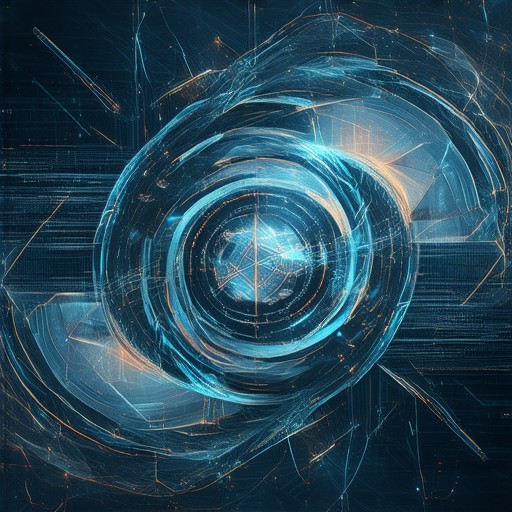
What is Modern Design?
Modern design encompasses a broad spectrum of styles and philosophies in various fields, including interior design, architecture, and product design. At its core, modern design emphasizes simplicity, functionality, and innovation while maintaining a focus on aesthetics and user experience.
Key Characteristics of Modern Design:
- Minimalist Approach :
Modern design often prioritizes minimalism, focusing on reducing clutter and emphasizing functionality. Clean lines and simple shapes are hallmark features of this style. - Clean Lines and Geometry :
Modern designs frequently incorporate geometric shapes and linear forms, creating a sense of order and balance. This is often achieved through the use of straight lines and symmetrical arrangements. - Natural Materials :
Natural materials such as wood, stone, and natural fibers are commonly used in modern designs to evoke a sense of warmth and sustainability. These materials are often paired with smooth textures and finishes to create a refined look. - Natural Light and Airiness :
Modern interiors often rely on natural light to create a bright, airy atmosphere. Large windows, skylights, and glass walls are popular elements in modern designs to maximize light exposure. - Monochromatic and Neutral Palettes :
Many modern designs feature monochromatic color schemes, relying on shades of gray, white, and beige. However, modern design also allows for subtle pops of color to add contrast and personality to a space. - Texture and Depth :
Modern designs utilize texture to add dimensionality to a space. Smooth surfaces, such as polished concrete or lacquered wood, are often complemented by textured elements like woven fabrics or natural stone. - Functionality and Flexibility :
Modern design places a strong emphasis on functionality, with an emphasis on multi-functional furniture and adaptable spaces. This ensures that a room can be used for various purposes depending on the occasion. - Technology Integration :
Modern design seamlessly integrates technology into living spaces. Hidden systems, built-in storage solutions, and smart home features are common components of modern interiors. - Sustainability :
Increasingly, modern design incorporates sustainable practices and eco-friendly materials. This reflects a growing consumer demand for environmentally responsible design choices.
Evolution and Influence:
Modern design has evolved from earlier movements such as De Stijl and the Bauhaus school, which emphasized geometric forms and functionalism. These influences continue to shape contemporary design, ensuring that modern spaces remain timeless and relevant.
Examples of Modern Design:
- Interior Design : Minimalist living rooms with soft, neutral tones and plenty of natural light.
- Architecture : Sleek, high-rise buildings with large glass facades and open layouts.
- Product Design : Simplistic, functional objects made from natural materials.
Conclusion:
Modern design is a dynamic and ever-evolving style that values simplicity, innovation, and sustainability. By focusing on clean lines, natural materials, and functional spaces, modern design creates environments that are both aesthetically pleasing and highly practical. Whether in interior design, architecture, or product creation, the principles of modern design continue to inspire and influence the way we live, work, and interact with our surroundings.
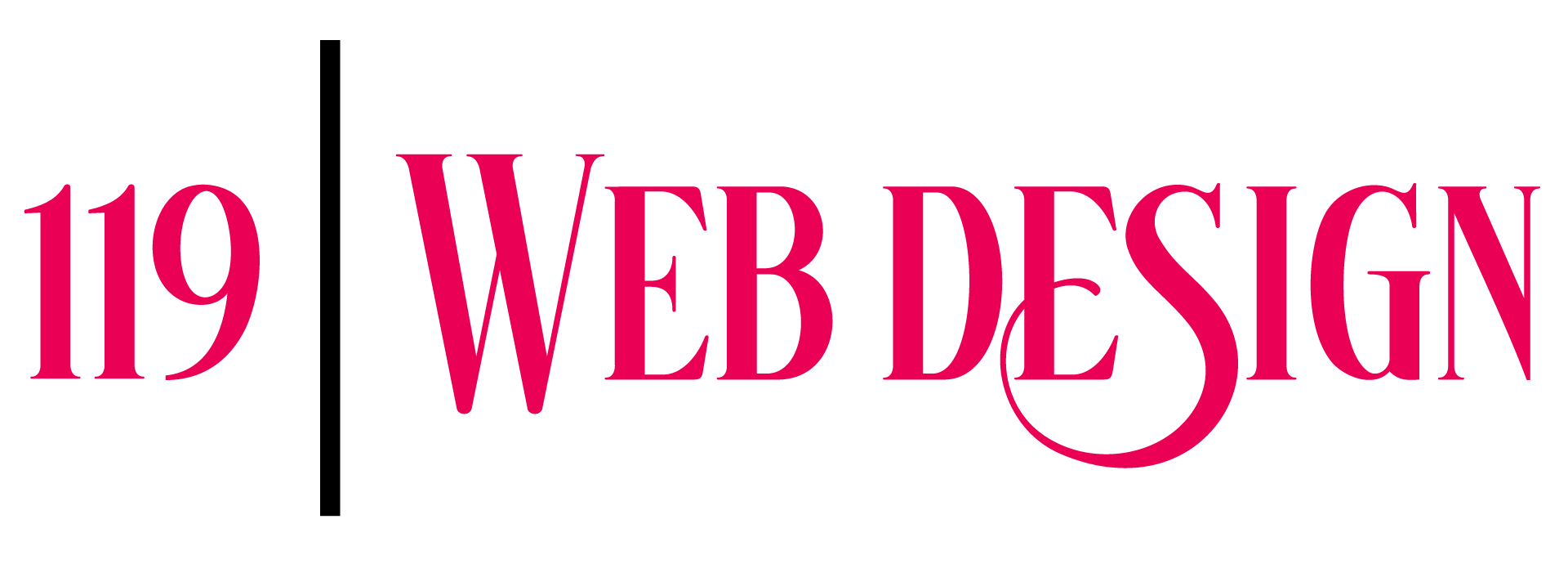



0 Comments